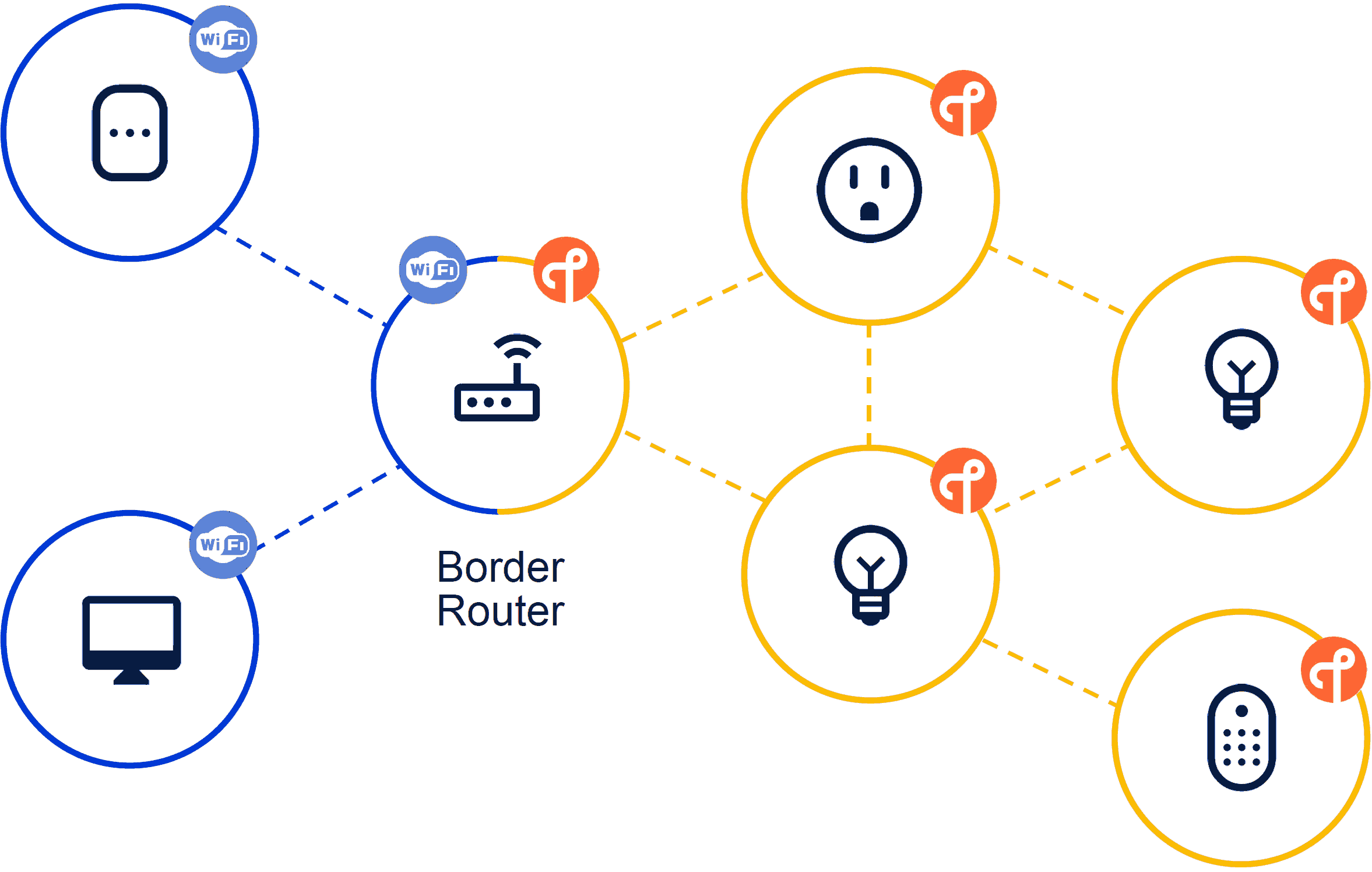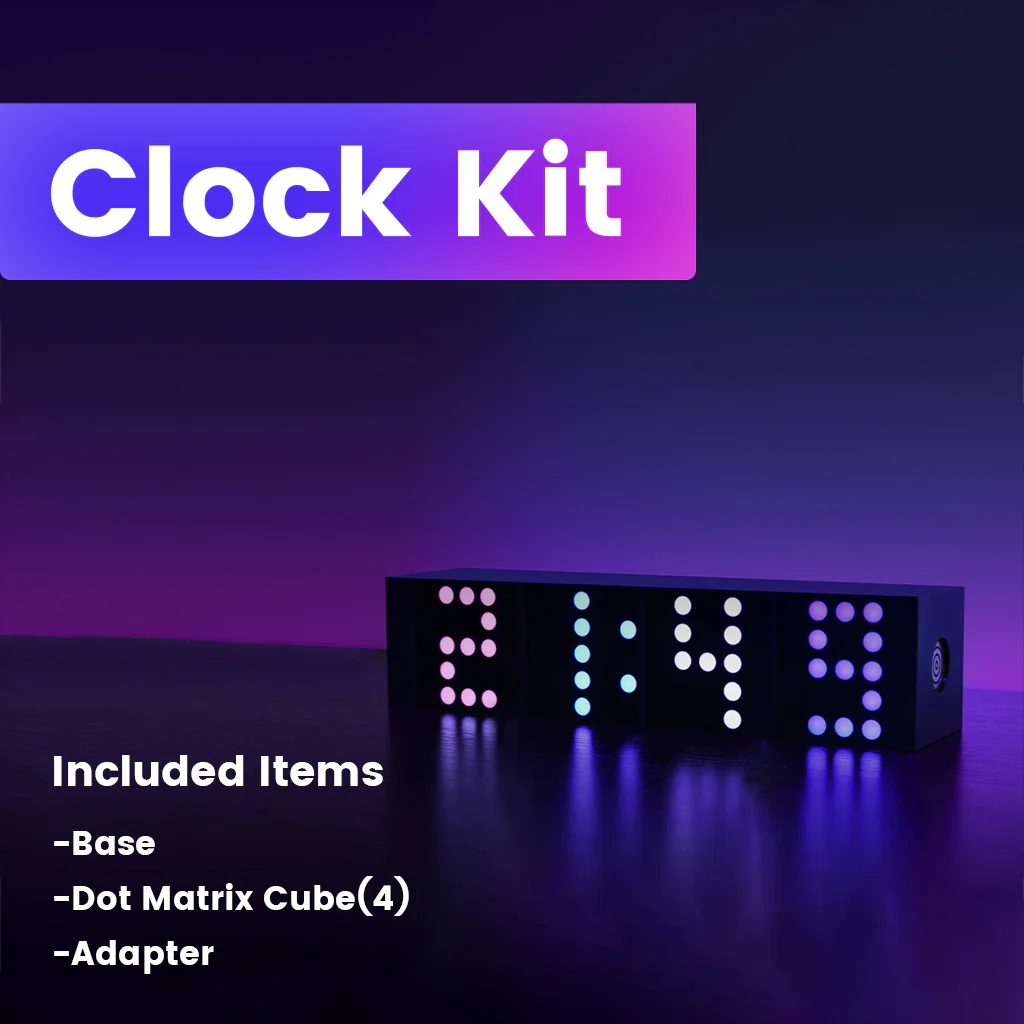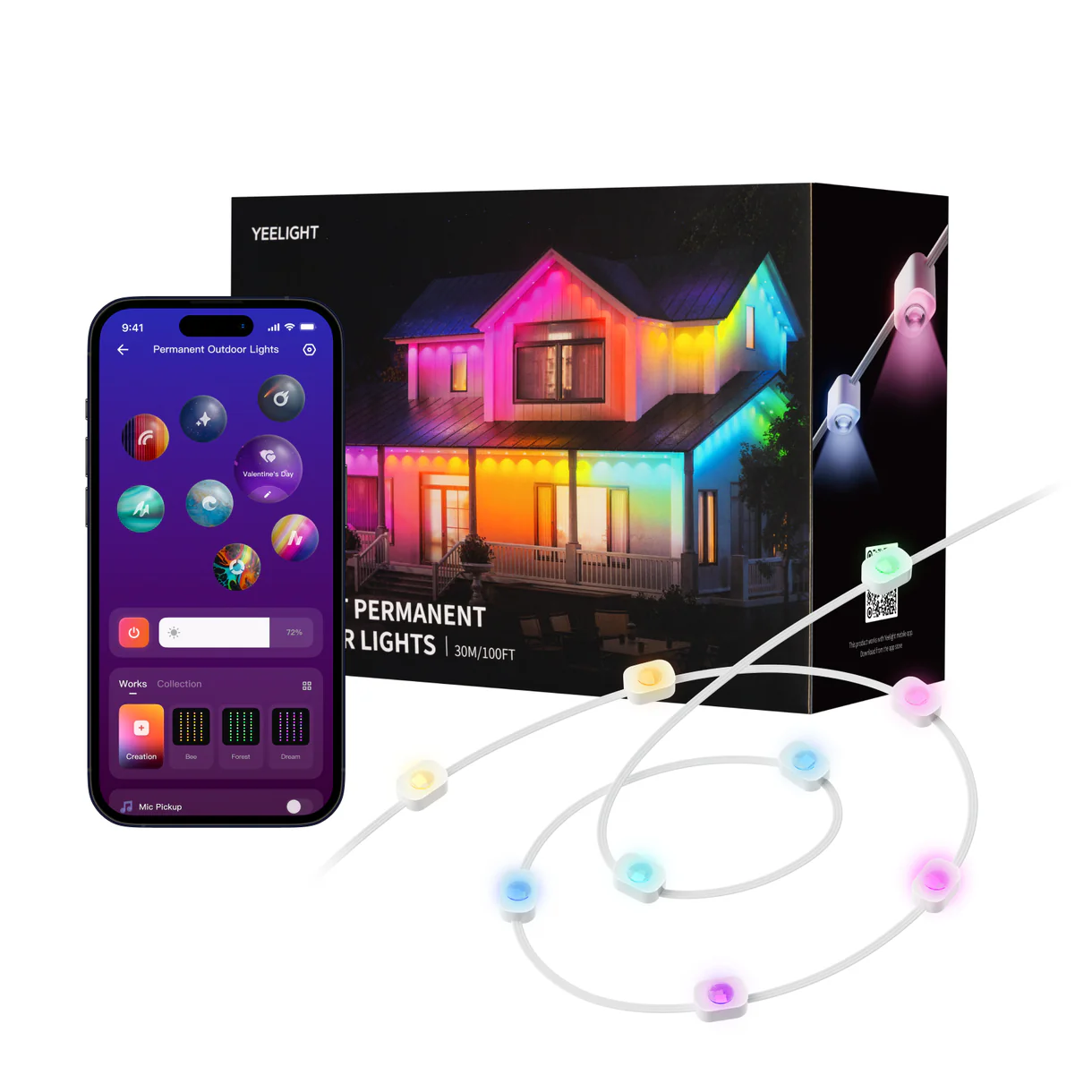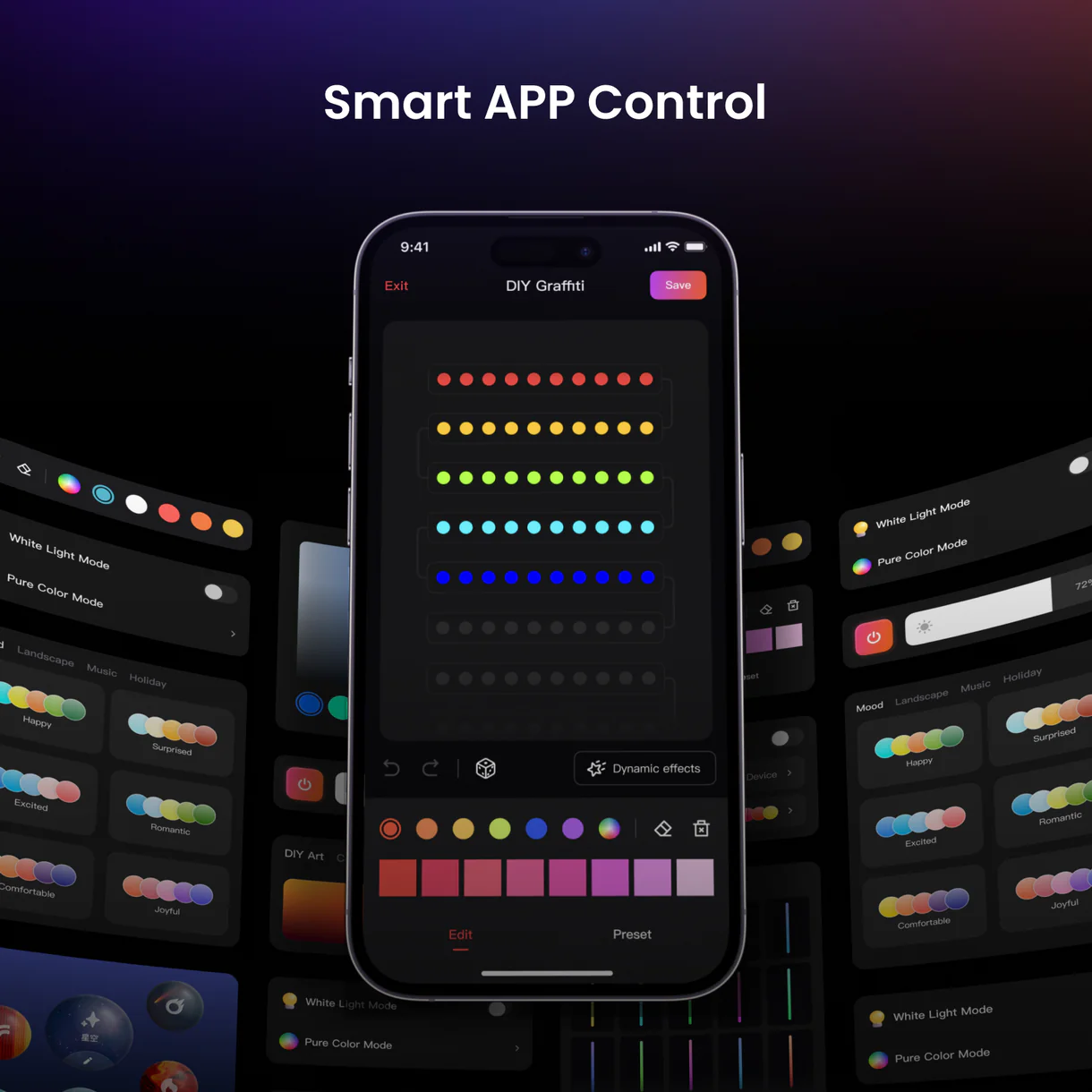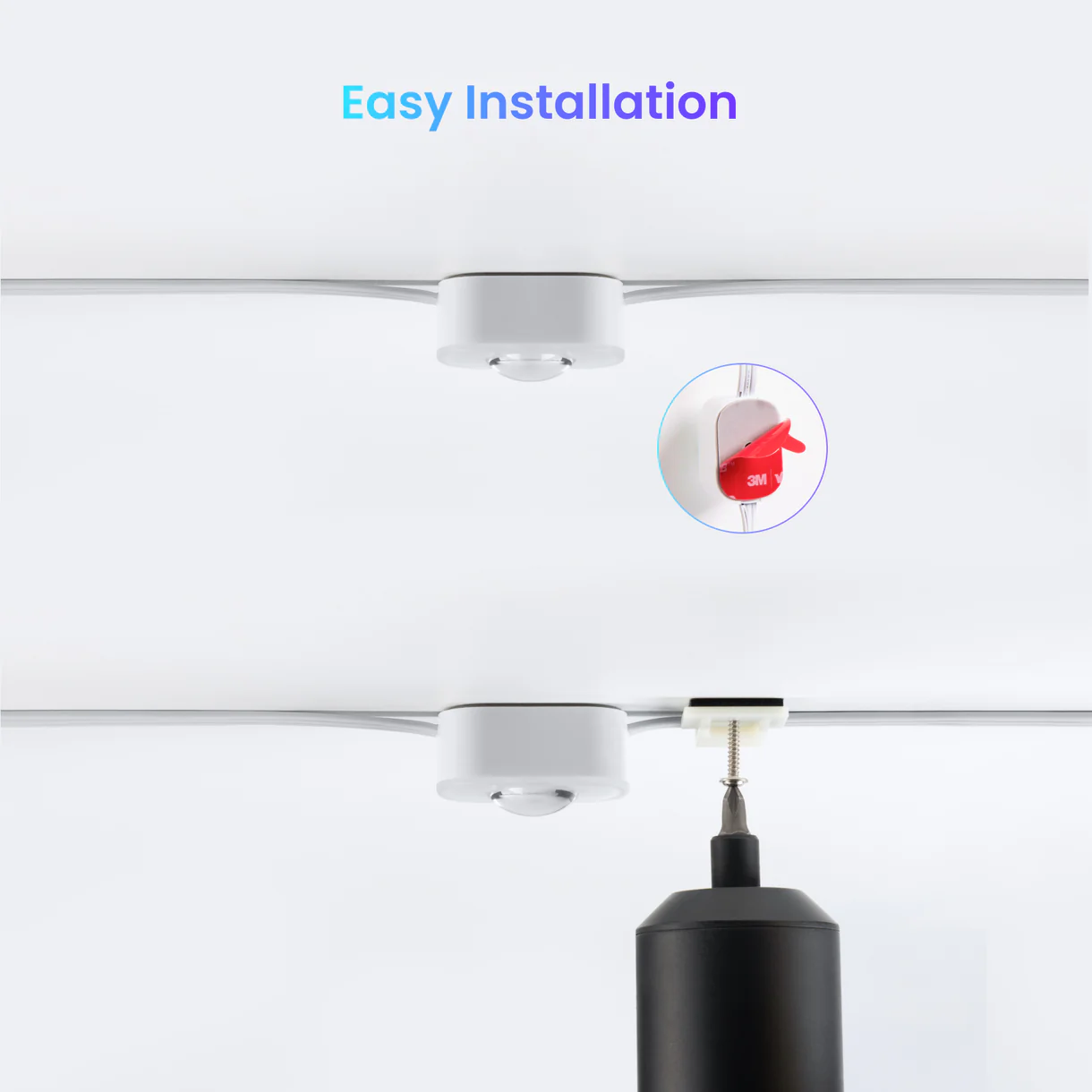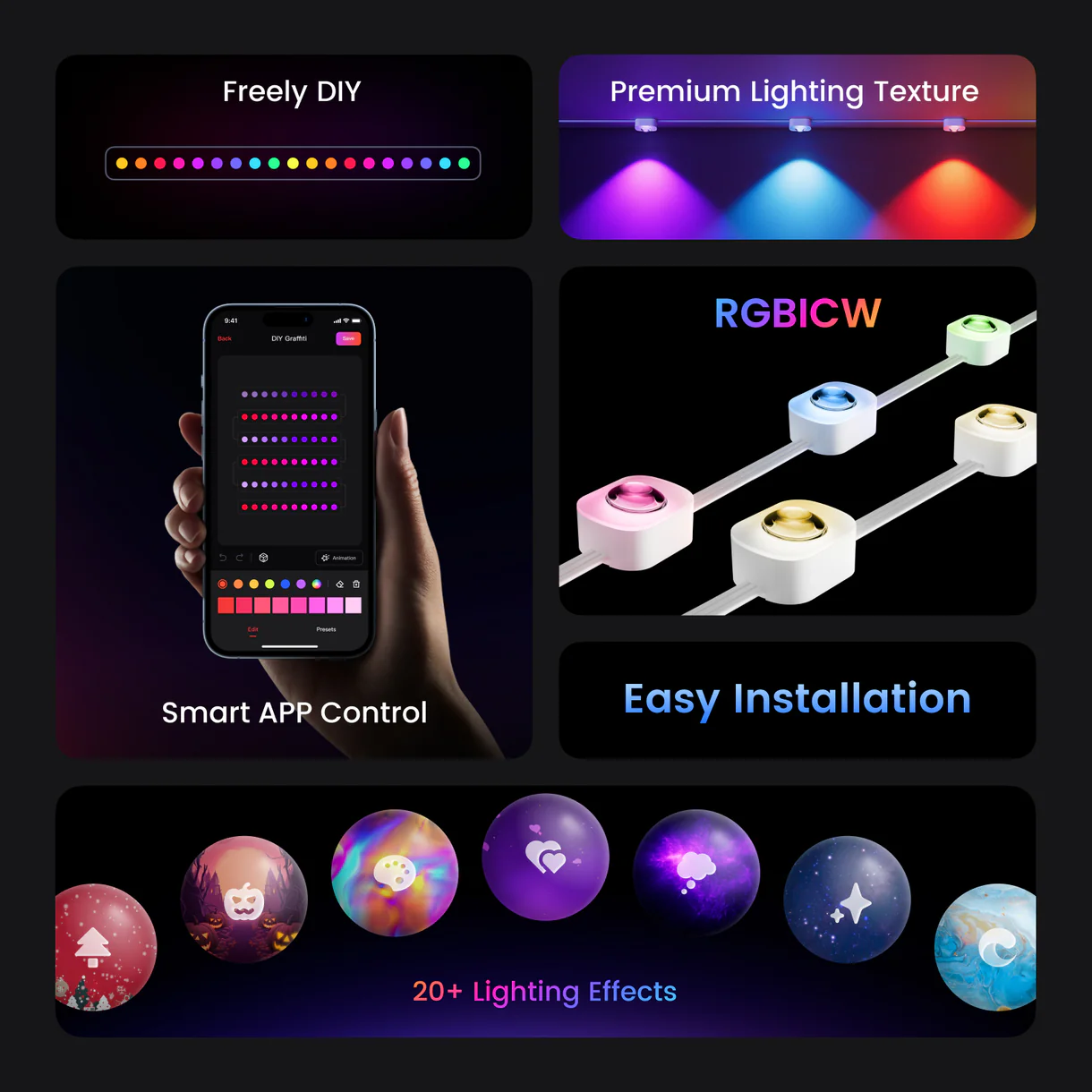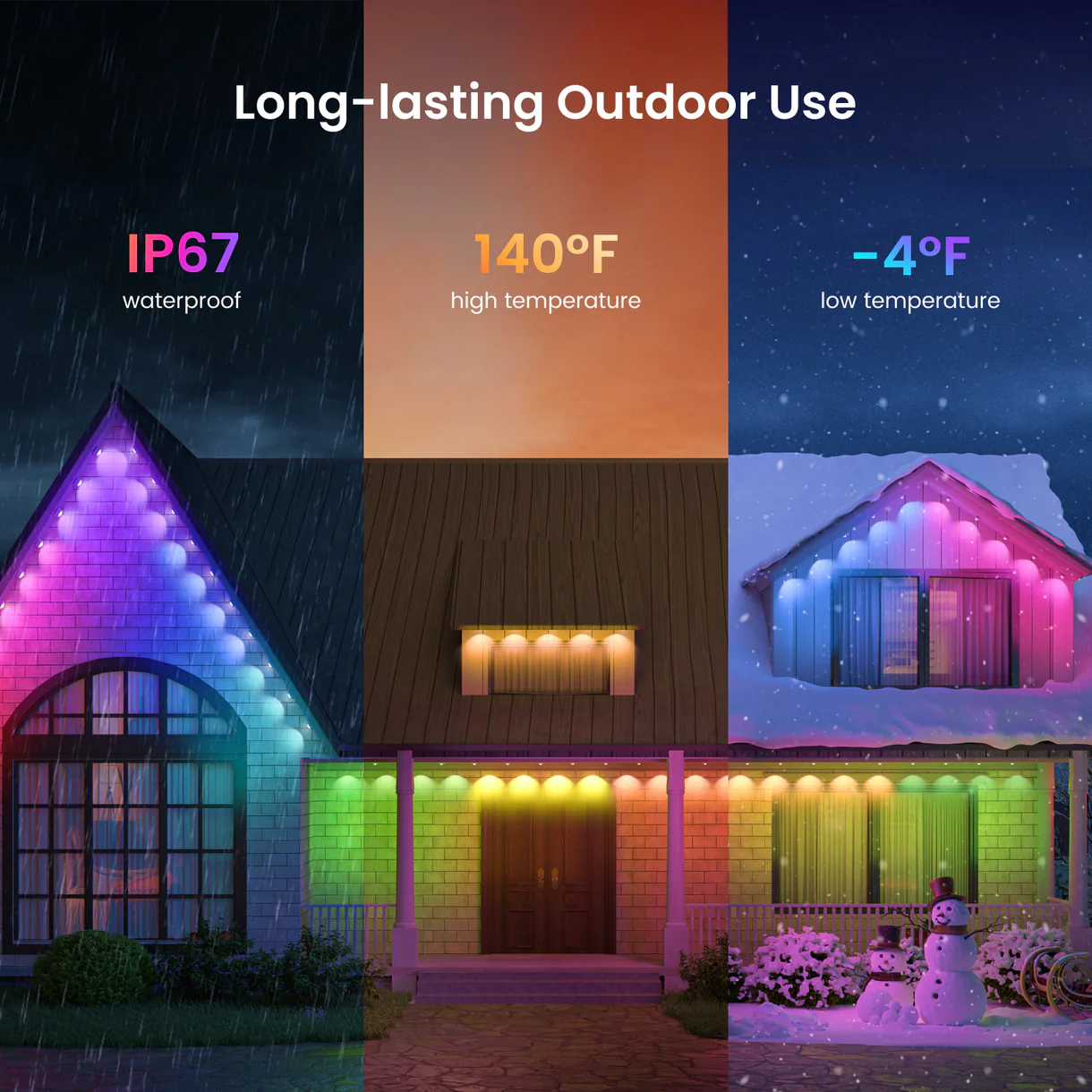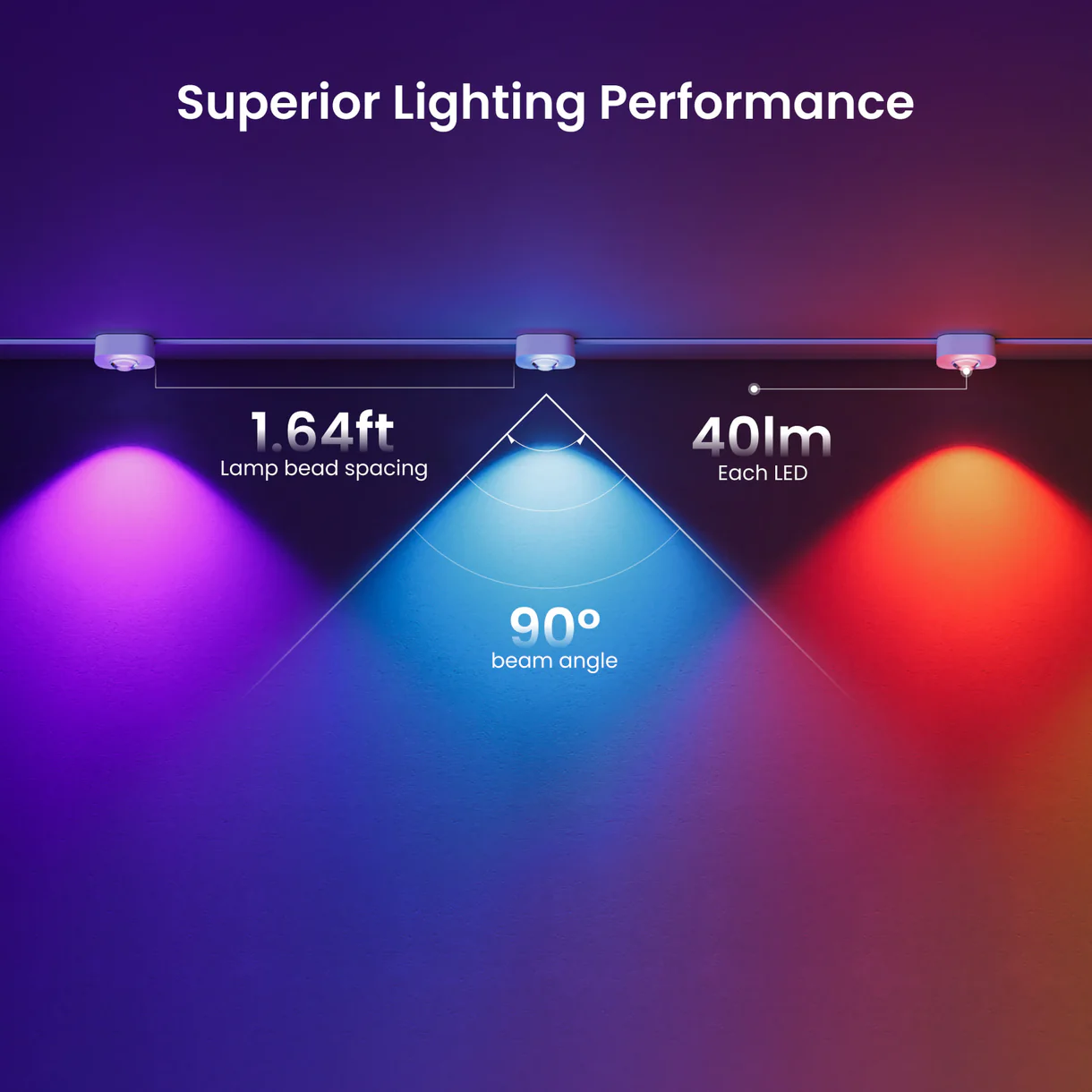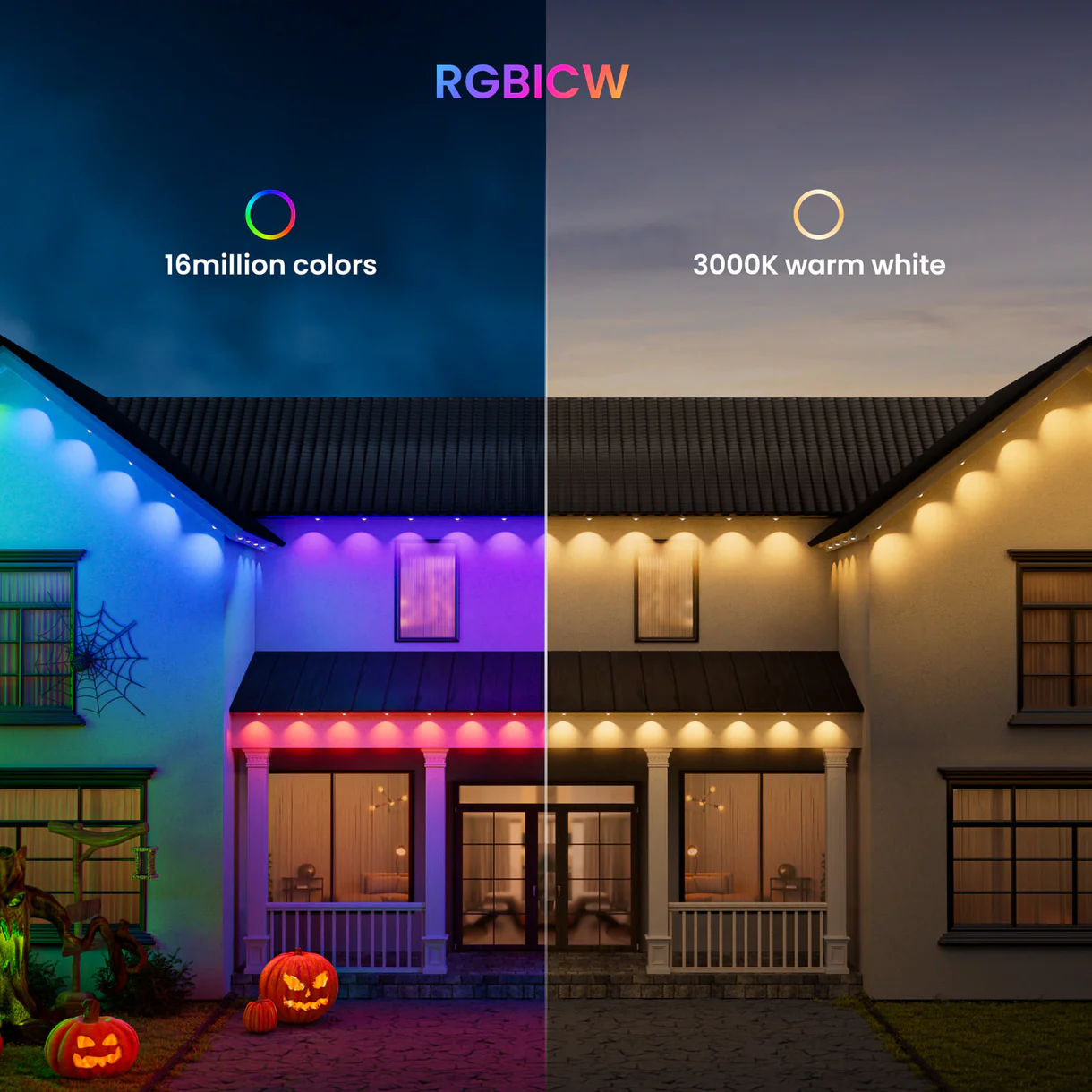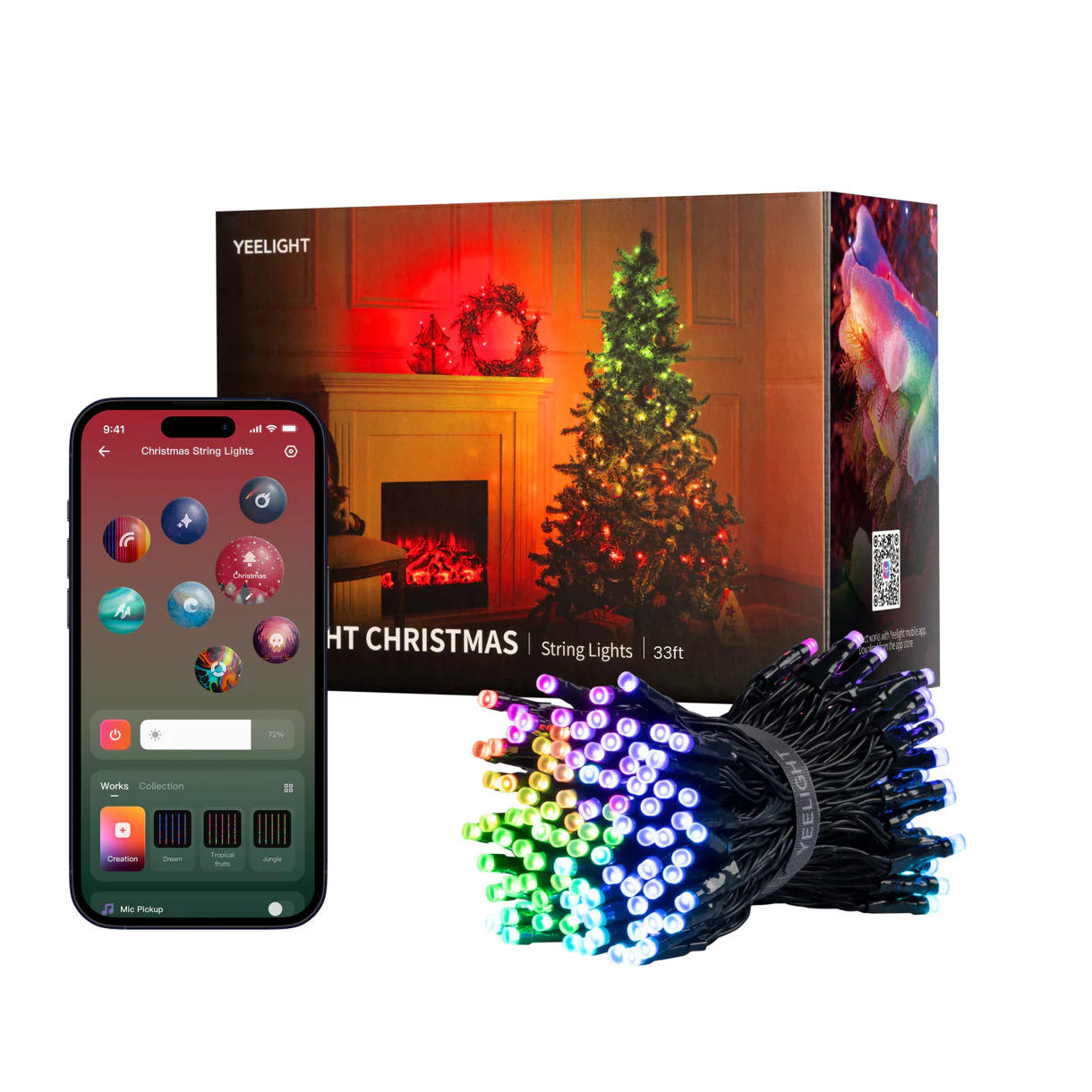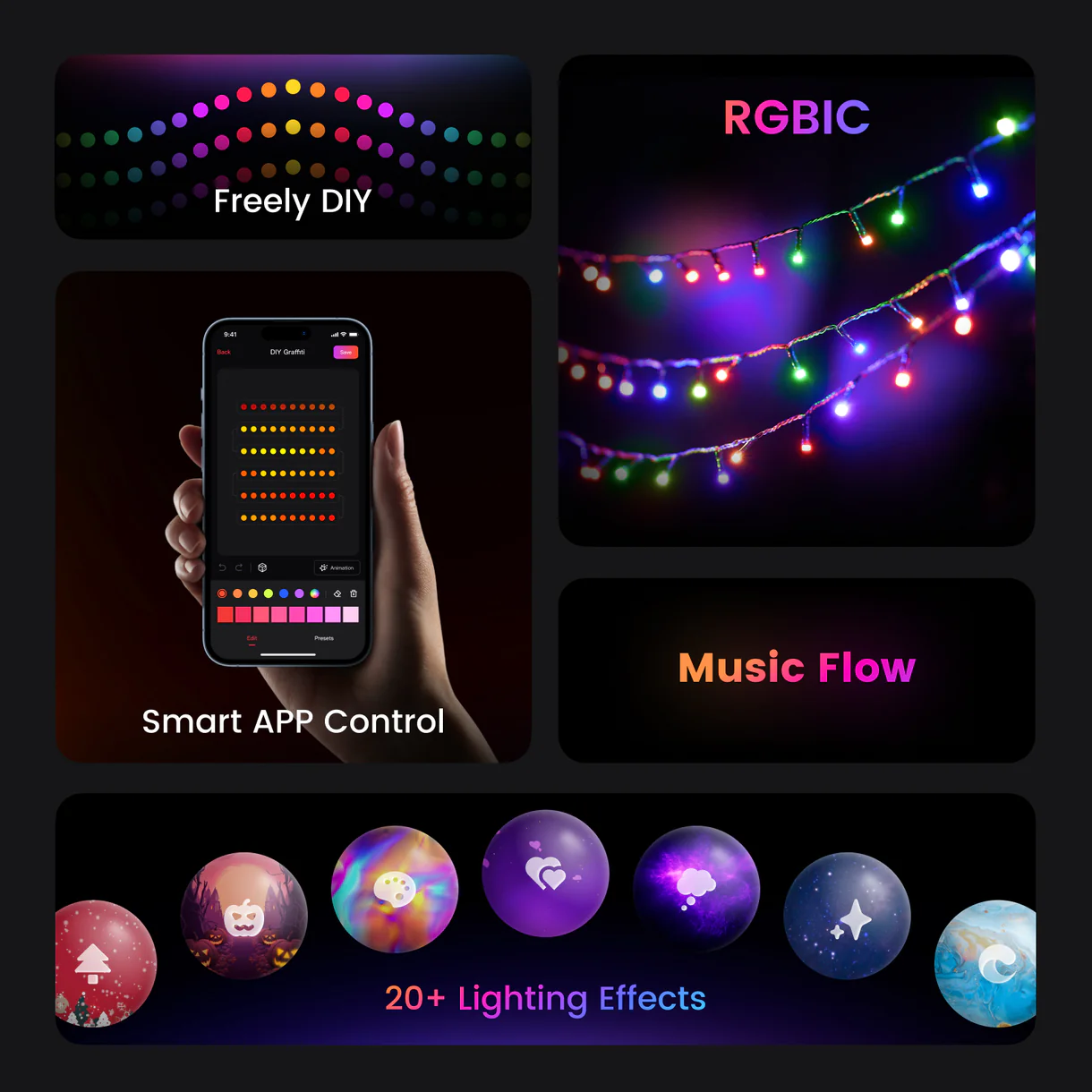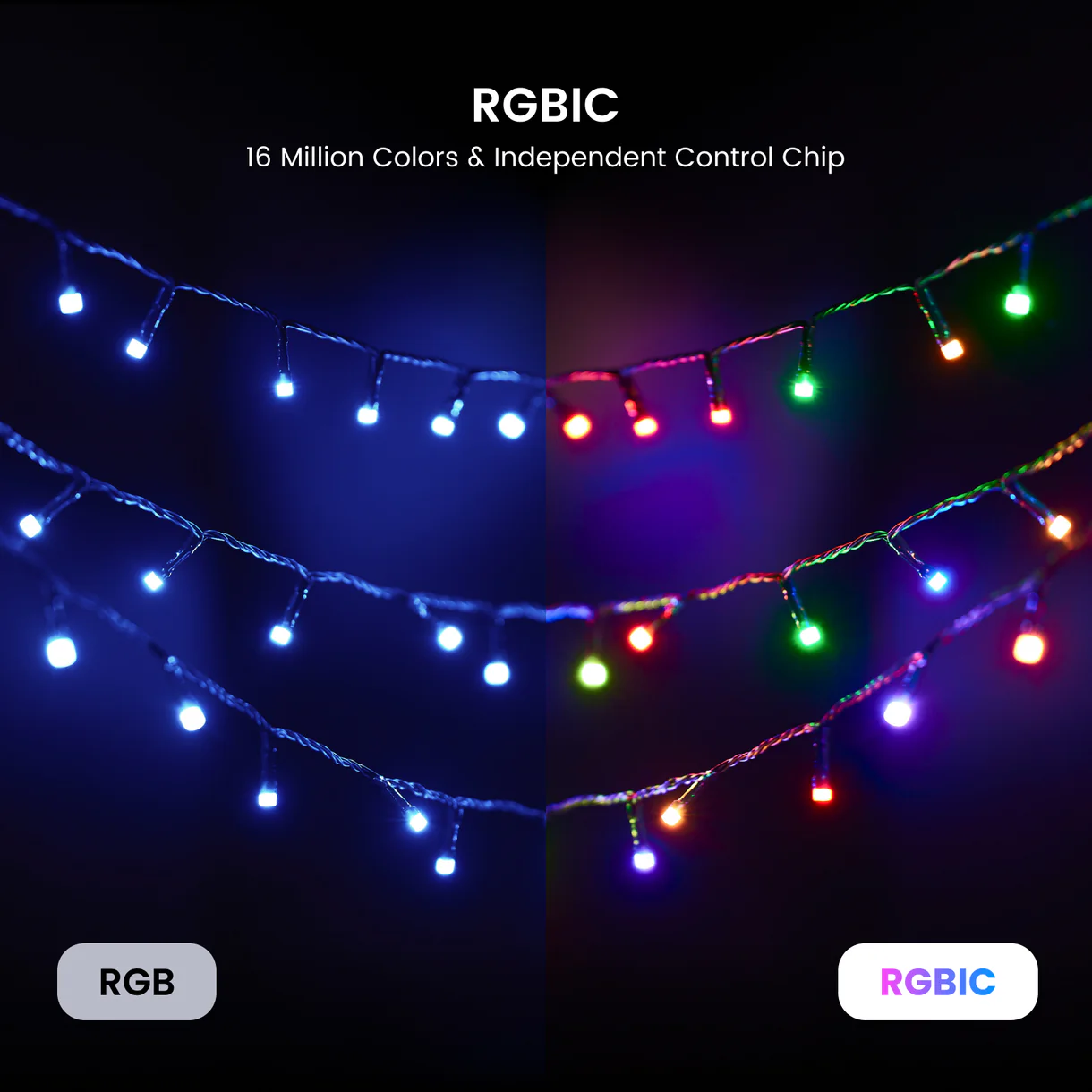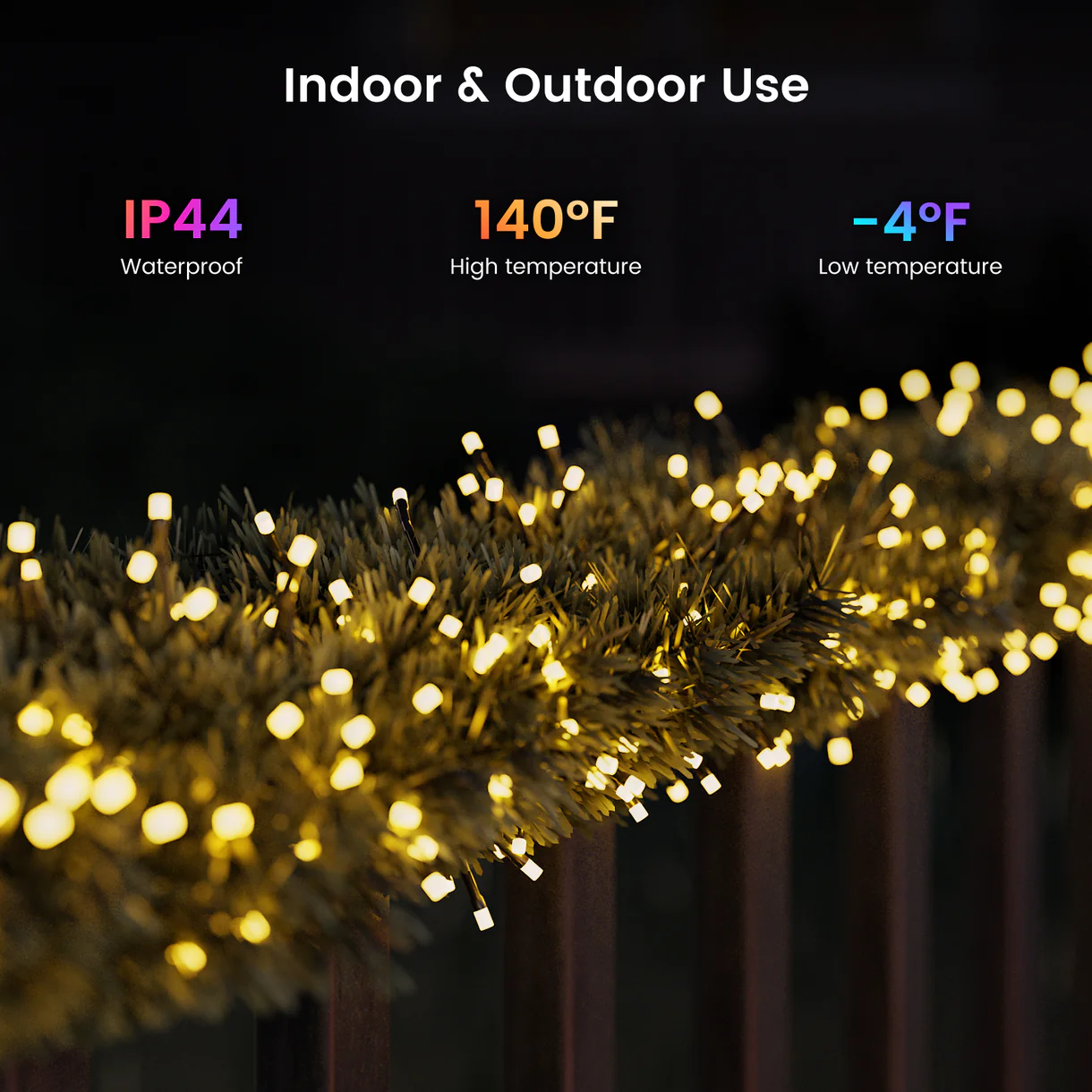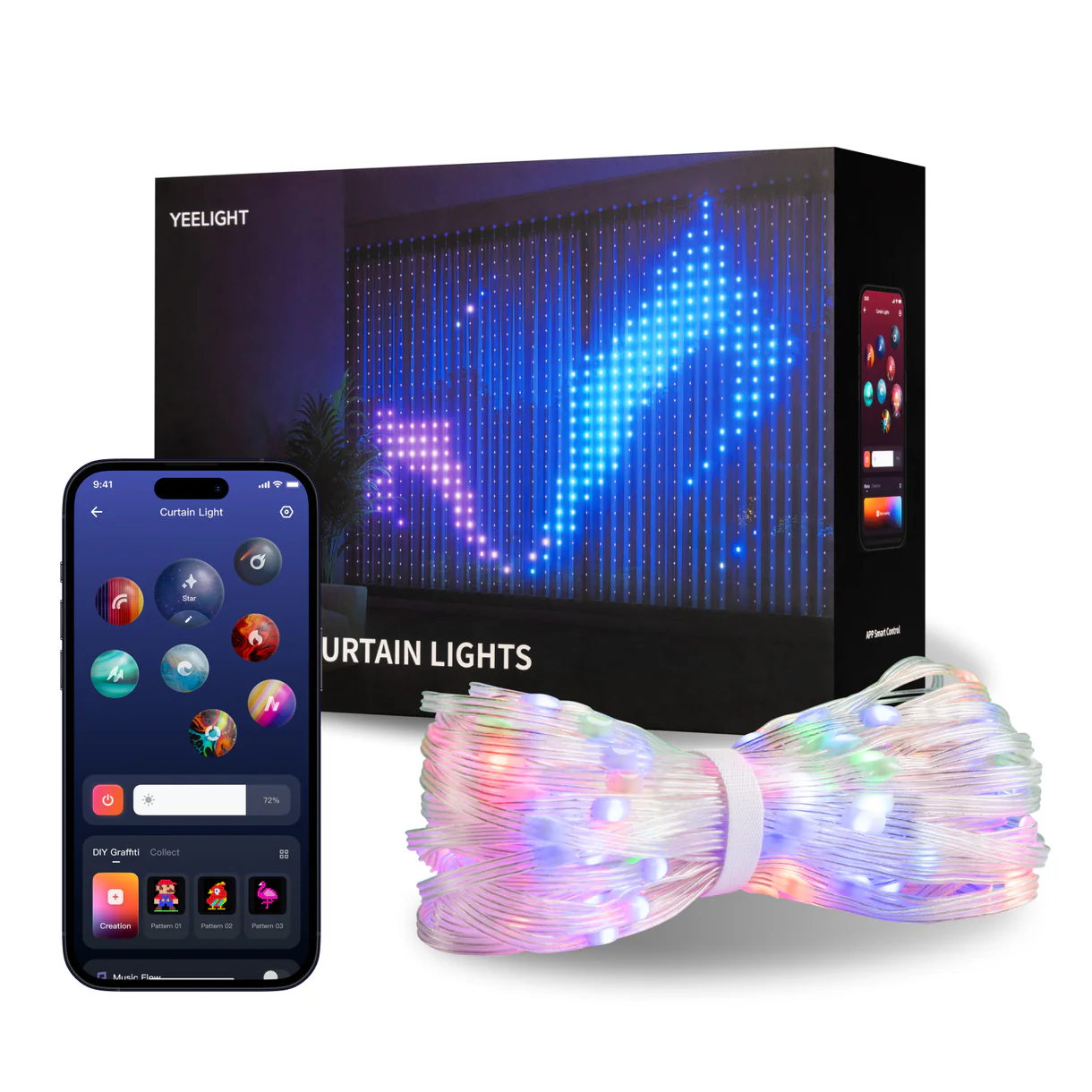While Matter provides the universal language for smart homes, Thread builds the robust, self-healing roads that messages travel on. Thread’s core mission is to create the most reliable, secure, and efficient networking infrastructure for IoT devices, specifically designed for smart home applications.
Why Thread is the Backbone of Tomorrow’s Smart Home
Thread establishes a resilient, self-healing mesh network foundation. This enables smart home devices to communicate reliably using IPv6, with specialized device roles and intelligent routing. It scales to hundreds of devices while maintaining ultra-low power consumption.
How Thread Brings Internet Standards to Low-Power Devices
Thread utilizes IPv6, providing a vast address space and ensuring future compatibility with the internet’s next-generation protocol. This allows Thread devices to communicate directly with other IP-based devices and cloud services. To achieve this efficiently for low-power devices, Thread employs 6LoWPAN, which compresses IPv6 packets for transmission over IEEE 802.15.4 networks, reducing overhead.
Thread’s Self-Healing Mesh Network
Thread networks operate on a mesh topology, eliminating single points of failure by automatically repairing routes when devices fail. This dynamic routing adapts in real-time, optimizing performance and extending network reach as each device acts as a repeater. Thread networks can support up to 250 devices, including 64 routers, with a hierarchical structure that ensures scalability.
Thread Device Roles and Power Efficiency
Thread defines specific device roles:
- Routers forward packets and maintain network connectivity, staying always-on.
- End Devices connect to a single router and optimize power by disabling transceivers when idle.
- Border Routers act as crucial gateways, connecting Thread networks to Wi-Fi and Ethernet.
Thread’s power management for Sleepy End Devices (SEDs) allows for incredibly low power consumption, with average currents as low as 7.29µA. This enables battery-powered sensors to last over three years on a CR2032 battery.
Thread vs. Competing Protocols
Unlike ZigBee, which uses proprietary networking and often requires bridges, Thread is IP-native, offering direct internet connectivity. Thread also doesn’t rely on a single coordinator, further enhancing its reliability. It’s built on open IEEE and IETF standards.
Thread’s Built-in Security
Thread incorporates robust security, including the Mesh Commissioning Protocol (MeshCoP) for secure device onboarding and DTLS authentication during commissioning. All communications are protected with AES encryption, and every device is authenticated before joining the network, with automatic key rotation.
Thread’s Role in the Matter Ecosystem
Thread serves as Matter’s primary transport layer. Matter provides the application layer “language,” while Thread offers the underlying “roads.” Thread’s IP foundation seamlessly supports Matter’s requirements, and border routers enable Matter devices to access internet and cloud services. A single Thread network can even support multiple Matter fabrics, improving resource efficiency and reducing complexity.
Thread’s Promise: Reliable Networking for the Smart Home Future
Thread provides the reliable, secure, and scalable networking foundation that smart homes need. As more devices adopt Thread, the smart home ecosystem will become increasingly cohesive and reliable.

